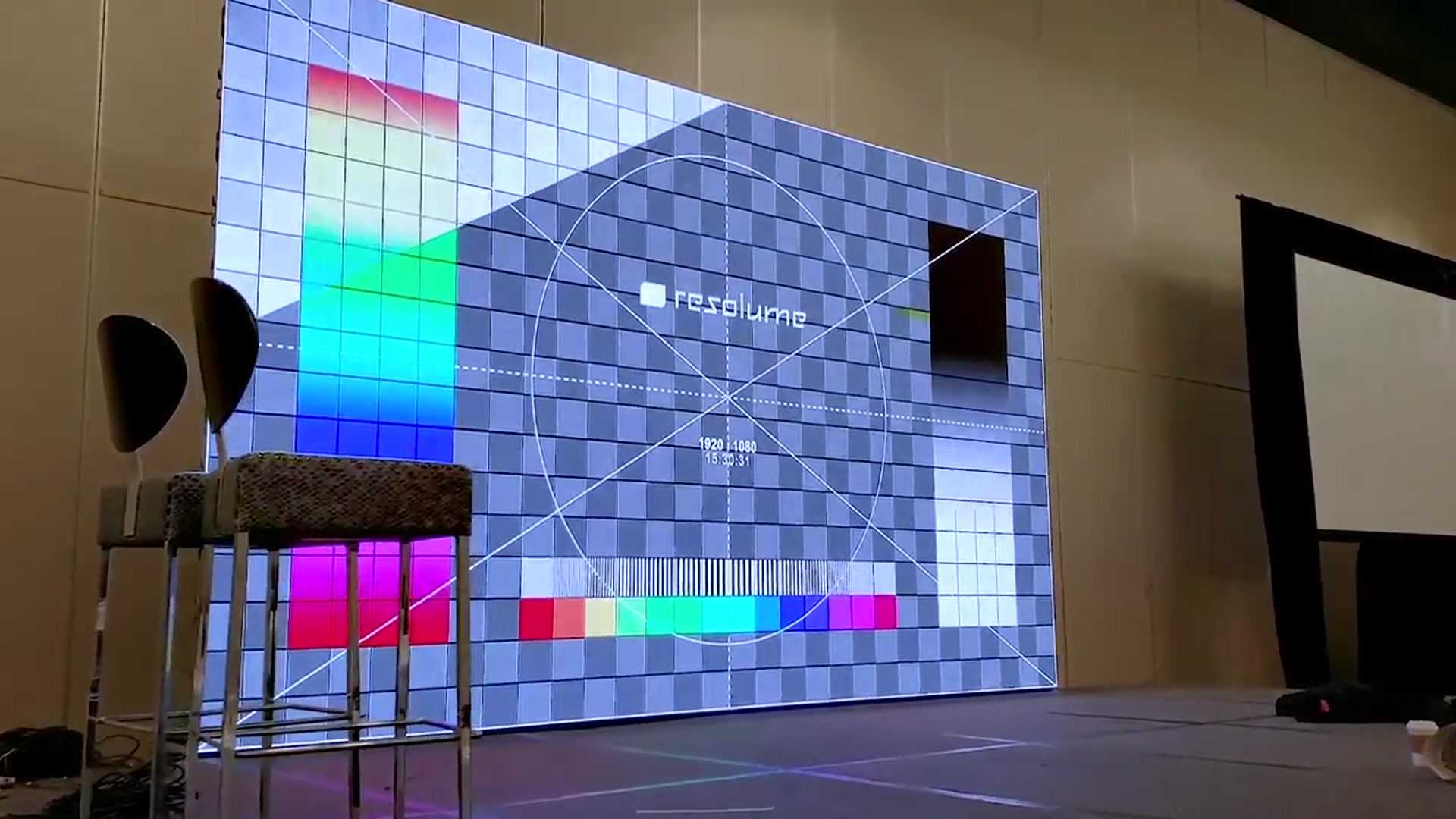Demystifying Luminescent Display Panel Luminance Measurements to Optimal Visual Functionality
Demystifying Luminescent Display Panel Luminance Measurements to Optimal Visual Functionality
Blog Article
Light Emitting Diode wall screens have become more and more favored across various settings, from residences and businesses and public spaces. Such screens tend to be recognized for their bright and vibrant displays, that render these suitable for communicating data, ads, as well as engagement. Nevertheless, understanding the brightness measurements of Light Emitting Diode panel screens is essential for ensuring optimal display performance. Illumination can be quantified using units called nits, that show how much light is emitted by a screen. A greater number of number of candelas, the brighter the display will be. For instance, instance, one screen boasting one thousand candelas stands considerably brighter than a featuring five hundred nits, making it better equipped in well-lit environments.
As you choosing a LED wall panel, it becomes important to take into account the environment in which it will be used. For well-lit illumined spaces, like retail environments or outdoor settings, a higher brightness rate becomes essential for guaranteeing clarity. On the other hand, in darker environments, such as cinemas and meeting spaces, lower diminished illumination rate might be adequate. This is because excessive bright unnecessary luminosity within an dim setting may result in viewer discomfort among the audience, causing them more difficult for focus with the display. Therefore, understanding the specific needs for an setup site will help in choosing the right illumination rate to ensure ideal visual experience.
A further crucial element for take into account the the contrast ratio of the Light Emitting Diode panel screen. This ratio measurement measures the disparity between from this source the brightest white and the dark black that a screen is able to produce. An higher contrast ratio means that it is capable of present greater clarity as well as richness, thereby enhances overall image quality. For instance, a panel boasting an differential proportion of 10,000:1 will display images with greater brilliant hues as well as sharper details compared to a featuring a proportion of 1,000:1. This is especially important when showing visuals and videos that require greater definition as well as fine details, such as slideshows or promotional content.
Additionally, the technology mechanism that drives LED wall screens has an crucial part for the illumination as well as total efficiency. Different types in Light Emitting Diode methods, such as OLED and Liquid Crystal Display, possess unique characteristics that impact the way brightness is perceived. Organic Light Emitting Diode screens often offer better differential as well as darker shades, thereby can improve the viewing experience in dim settings. On the other hand, traditional Light Emitting Diode screens may be better for well-lit spaces due to the ability to generate greater amounts of brightness. Comprehending such technological differences will guide users in deciding on informed choices according to specific specific needs.
In conclusion, consistent maintenance and adjustment of Light Emitting Diode wall panels may assist maintain optimal illumination and performance long-term. Dirt and dirt may accumulate on a surface, affecting its illumination and sharpness of the visual. Regular cleaning as well as professional adjustment use this link may guarantee that panel screen operates in its best, offering consistent image quality. Moreover, some sophisticated Light Emitting Diode wall screens feature with integrated features that enable users to modify brightness levels and color adjustments according to individual wants. By implementing these steps, operators can guarantee that their Light Emitting Diode panel panels provide the optimal visual performance, regardless of where environment where that these are placed.